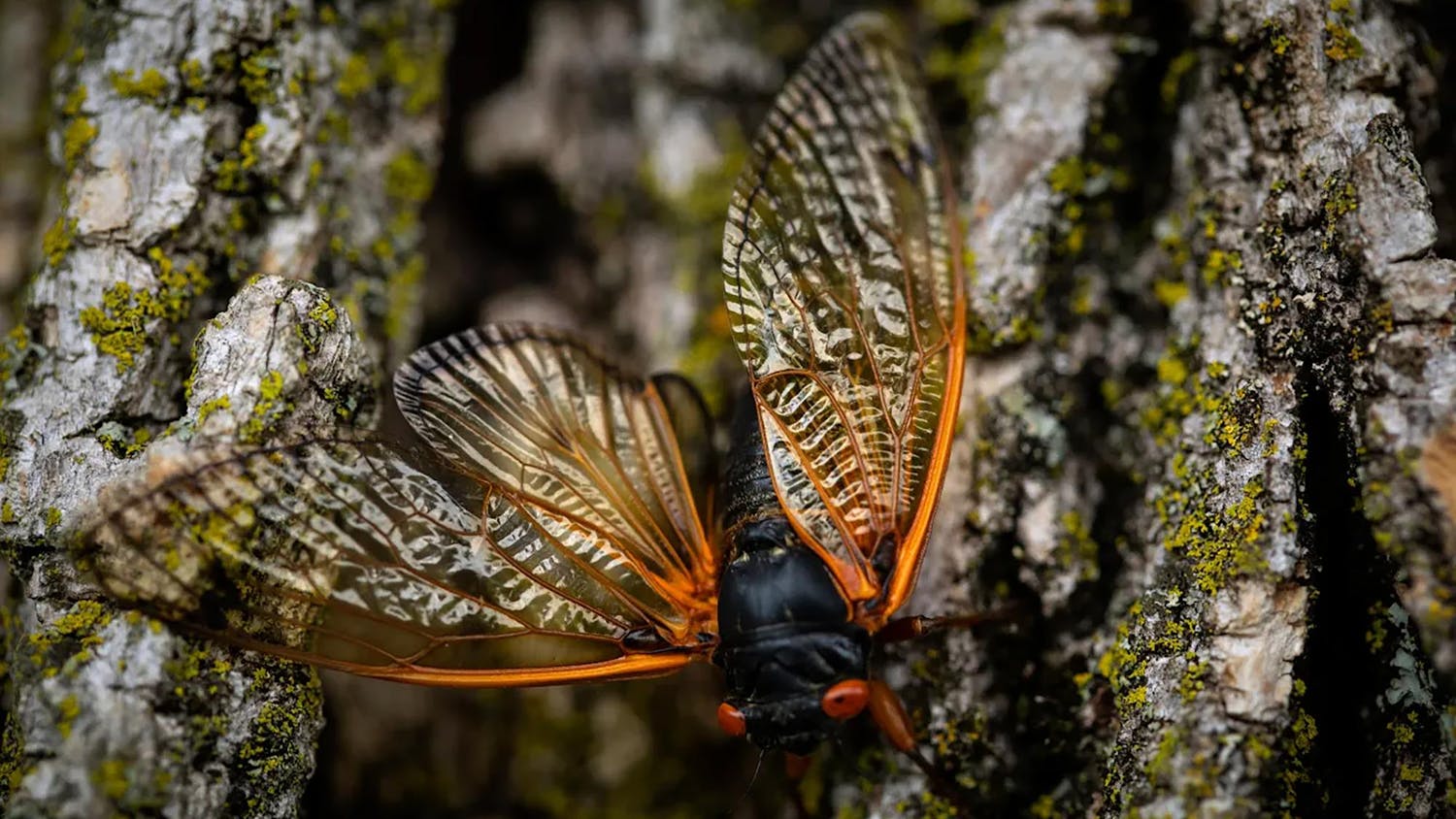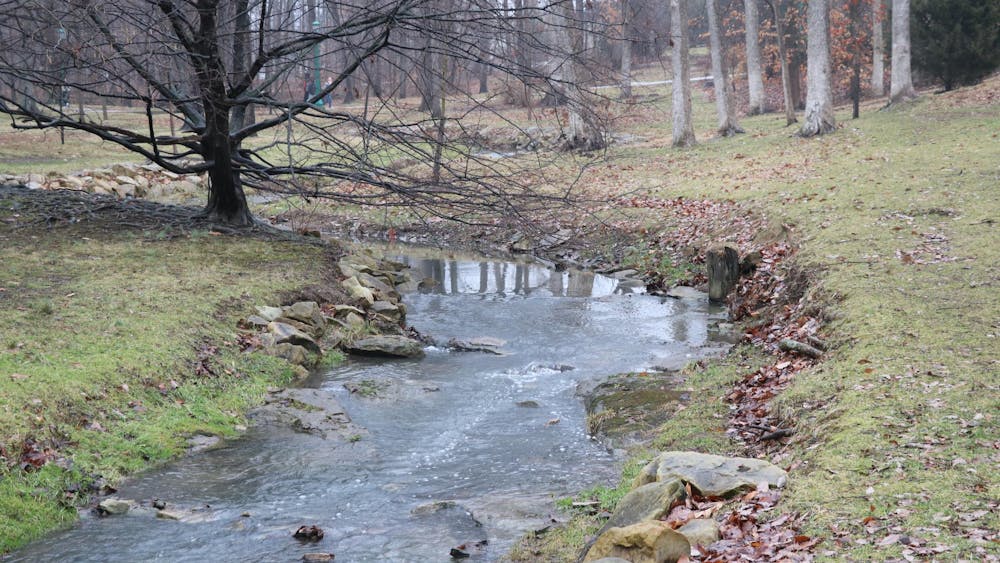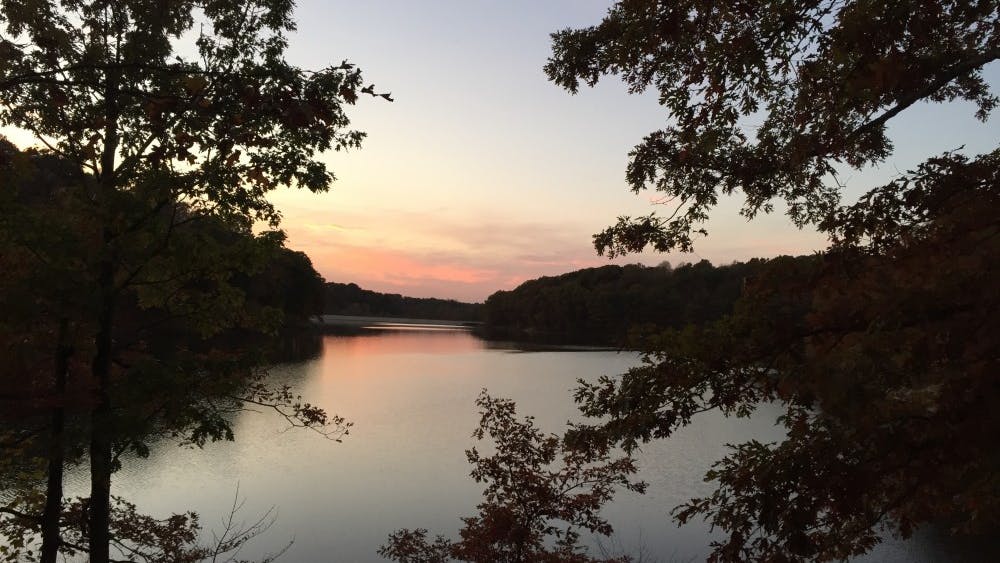As a result of last year’s drought, Benton Stidd, an Elletsville, Ind., soybean and corn farmer, only produced half of his expected corn yield. It was the worst year for corn crops in the history of Indiana, Purdue University assistant professor of agronomy Shaun Casteel said.
This year, Stidd said he is just planting and hoping for the best.
“I’d be satisfied with a normal year,” he said. “You always hope for a good year, but I’ll be satisfied with a normal year.”
Though Indiana summer weather predictions are still uncertain this far in advance, Associate State Climatologist Kenneth Scheeringa said a repeat of 2012 drought conditions is not expected.
“Drought in general terms is always a possibility,” Scheeringa said. “But a drought like we experienced last year only happens two to three times in a century.”
Casteel said one reason an extreme drought is not anticipated is because of the amount of rainfall Indiana has had during the winter and fall. This allows the soil to absorb more moisture and recover from drought conditions.
Scheeringa said there has been some confusion about reports predicting the Corn Belt will continue to experience a drought. This prediction concerns only Corn Belt states to the west of the Mississippi River, he explained.
“We’ve had a very different winter than Nebraska has,” he said.
In fact, Scheeringa added, the Indiana State Climatology Office is forecasting a warm and rainy planting season. Last year for the same time period, temperatures were 7.3 degrees above normal, and there was little rain, office officials said.
This spring weather could lead to a drier summer, however, though not as severe as last year’s.
“It will be warmer and wetter to start the planting season,” State Climatologist Dev Niyogi said in a statement. “This is expected to turn to some drying in the growing season, leading to mild to moderate drought conditions across Indiana.”
He said the southern, west and southwest counties of Indiana are particularly susceptible to drought again.
Andy Dietrick, public relations director for the Indiana Farm Bureau, said crop farmers prepare for dry conditions mainly through irrigation, cover crops and purchasing insurance.
“The irrigation supply companies had a hard time keeping their inventory last year,” he said. “But it’s not practical to irrigate everything. Some crops are on a special contract. If farmers have a hard contract with certain crops, they will lead with irrigation
there.”
Stidd said irrigation is not a possibility for his fields.
“There’s very little that you can do,” he said. “I use cover crops. There are a lot of advantages, but they take more management.”
A cover crop, such as rye grass, radishes or crimson clover, is planted after the primary crop is harvested, Stidd said. During the winter, the cover crop will cut down on erosion and add organic matter to the soil.
Decisions about this summer’s crops, such of the variety of seed to use, have to be made soon, Dietrick said.
“It’s a very complex business that Mother Nature and the weather dictates what happens at the beginning and end of the year,” Dietrick said.
Indiana is home to 10 million acres of corn and beans, Casteel noted.
“If we got another drought, a lot of people are going to have to see if they can weather the storm,” he said.
Drought not expected this summer

Get stories like this in your inbox
Subscribe





